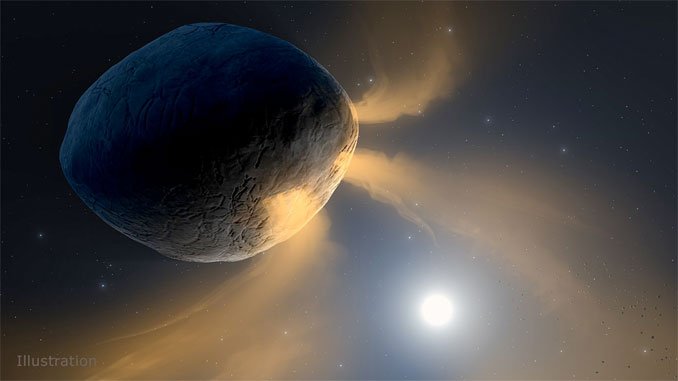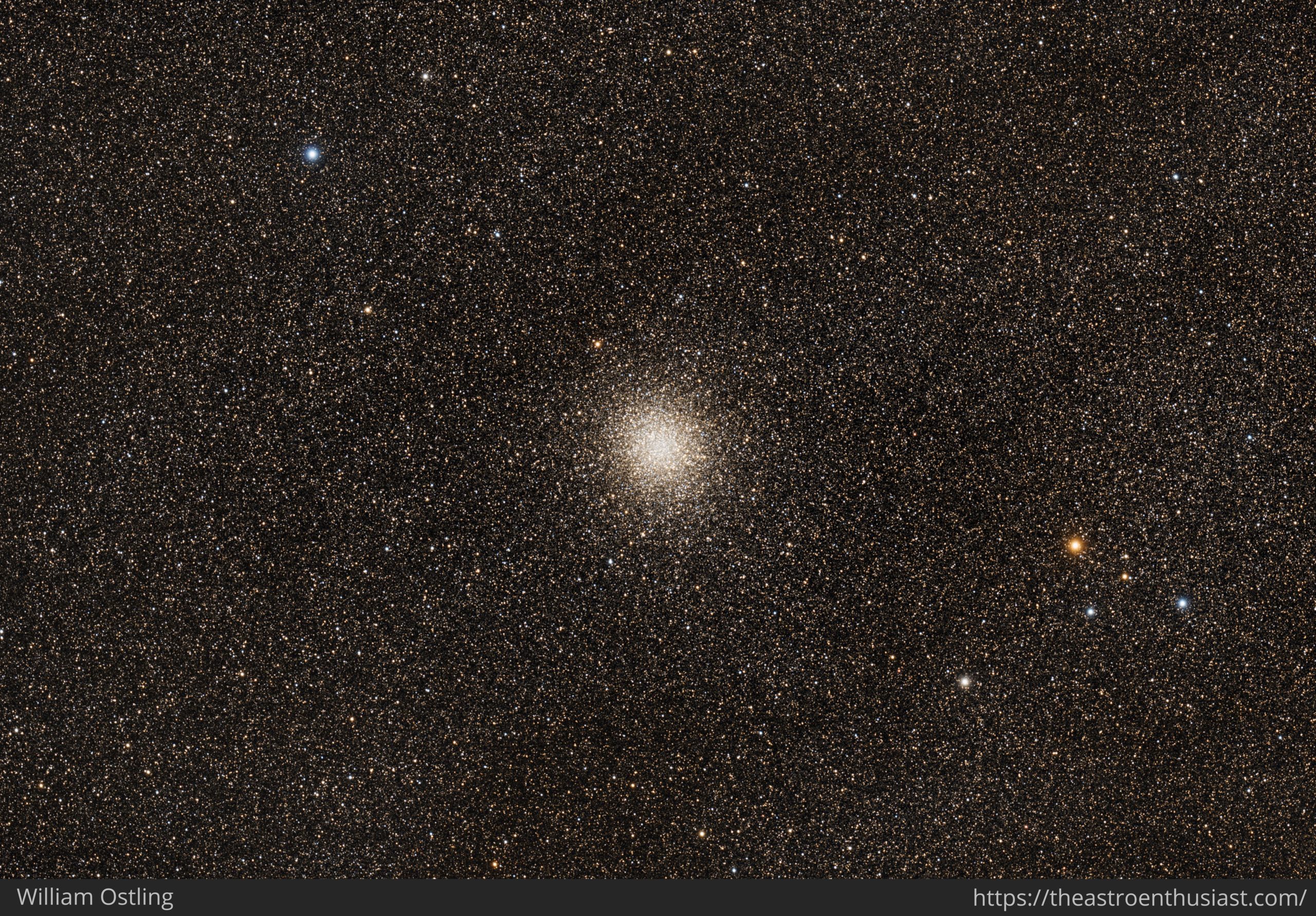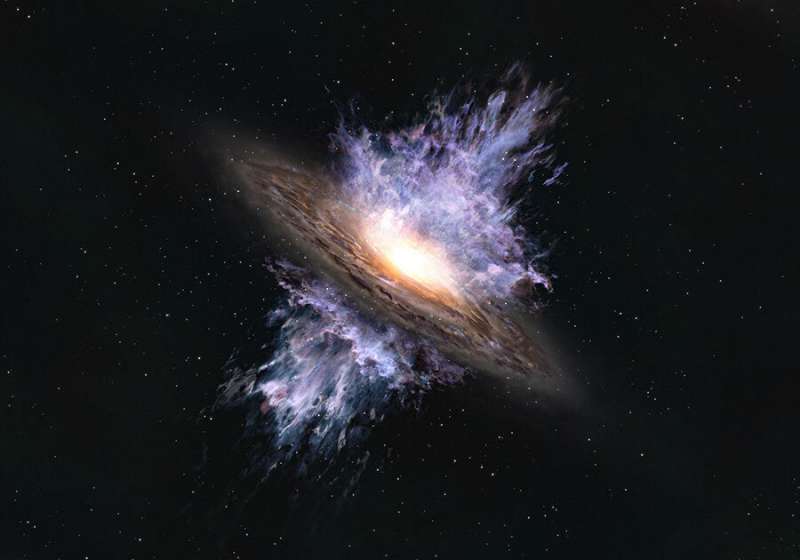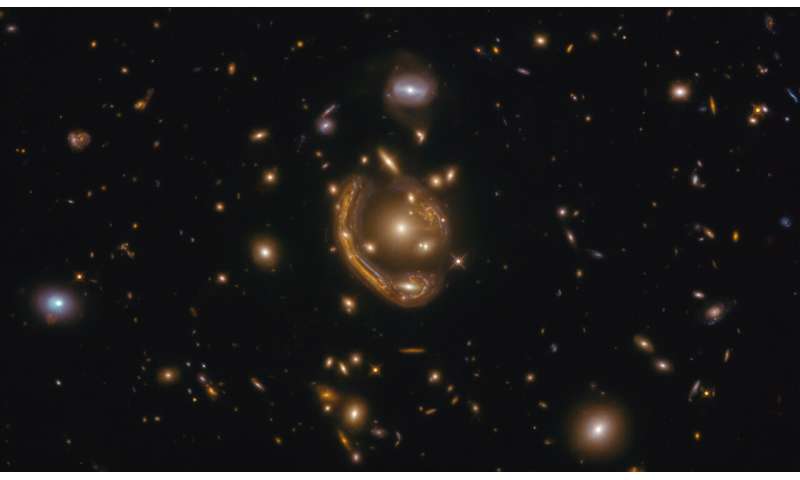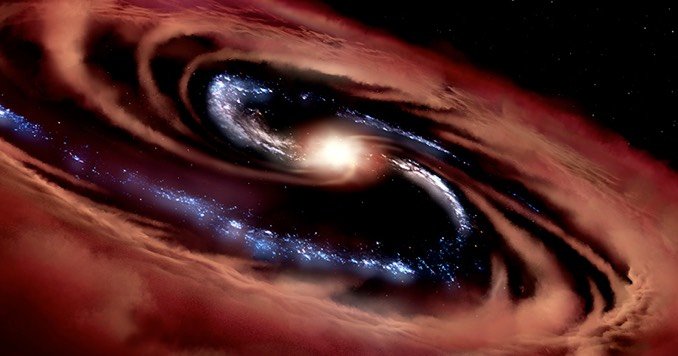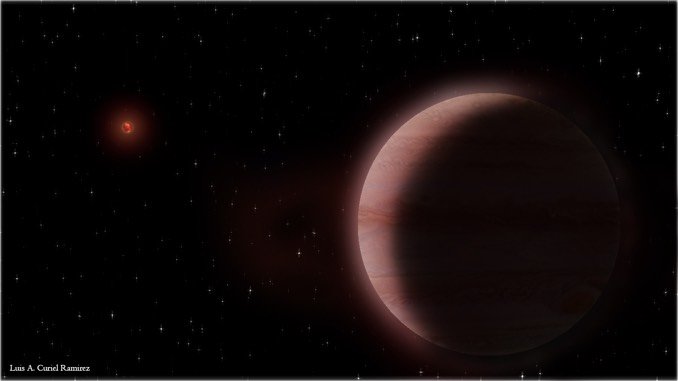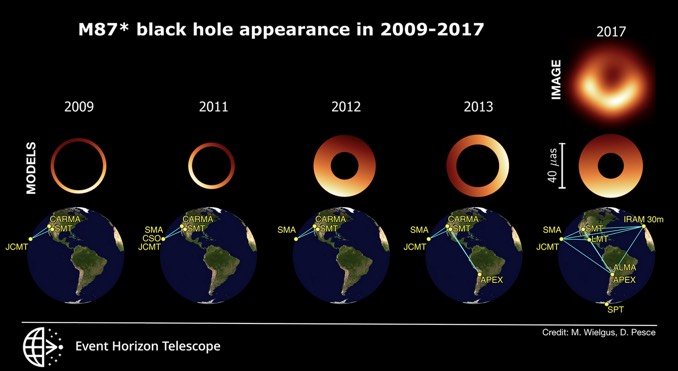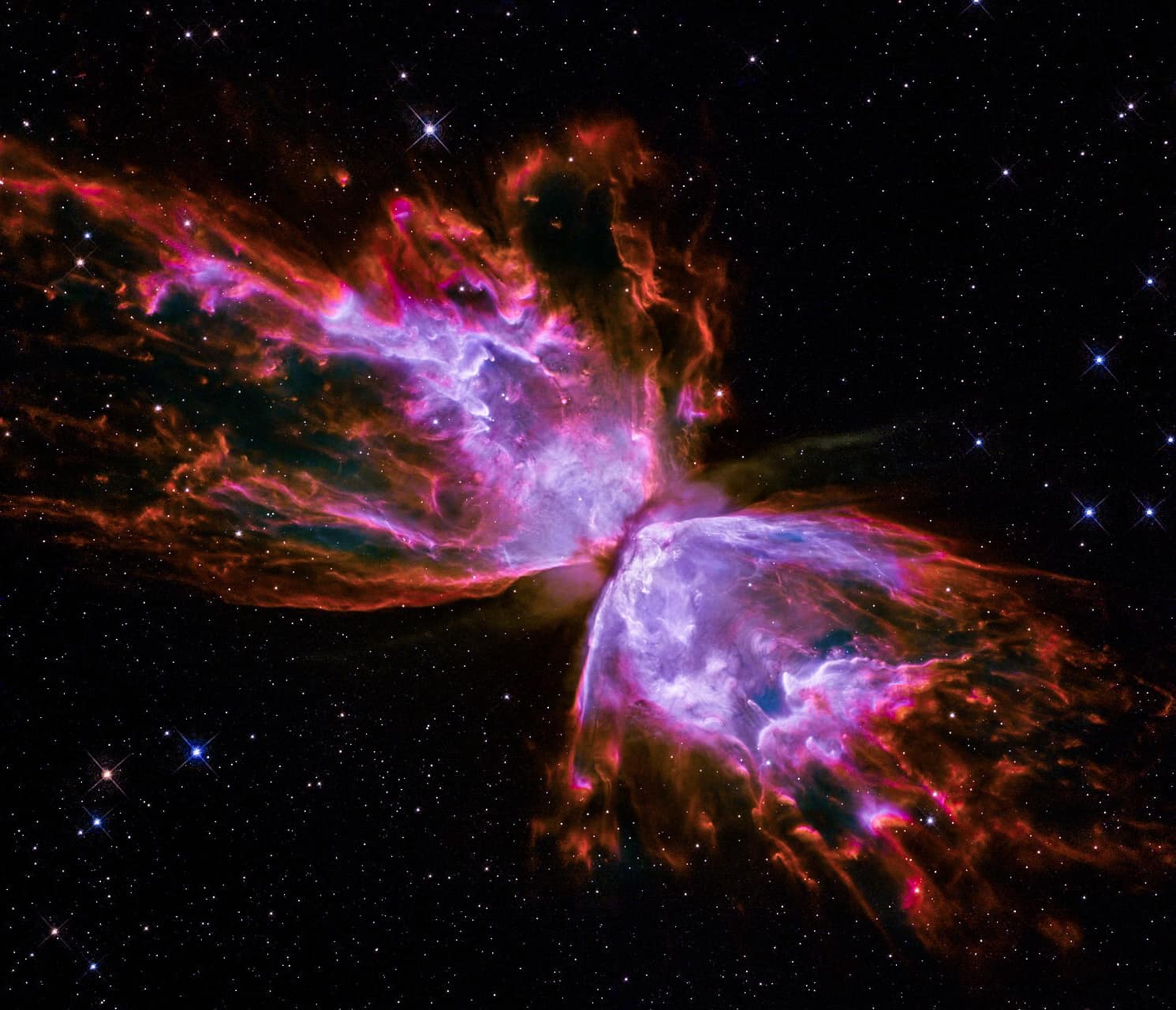Interesting Astronomy & Astrophysics news from the week of 8/15/2021
Next week’s night sky: From Saturday onward, the night is prime milky-way viewing. Go out at around 2 hours after sunset to look at the beautiful band of bright stars snaking across the sky! Martian Images Images of knobbly rocks and rounded hills are delighting scientists as NASA’s Curiosity rover climbs Mount Sharp, a 5-mile-tall mountain within the 96-mile-wide basin of Mars’ Gale Crater. The rover’s Mast Camera, or Mastcam, highlights those features in a panorama captured on the 3,167th Martian day,. This location is particularly exciting: […]
Read more